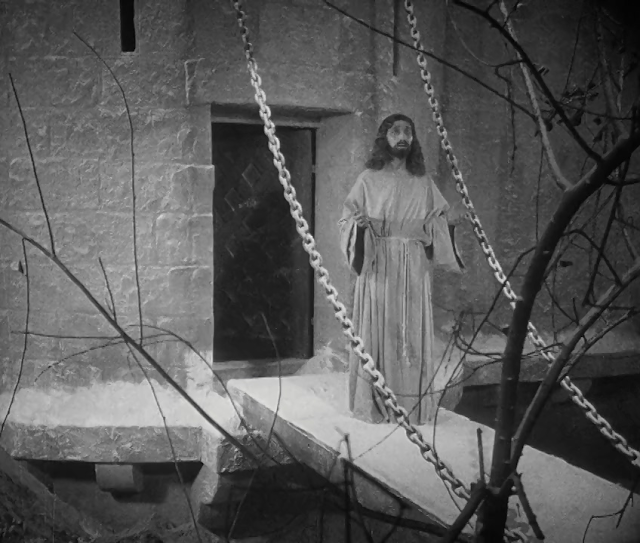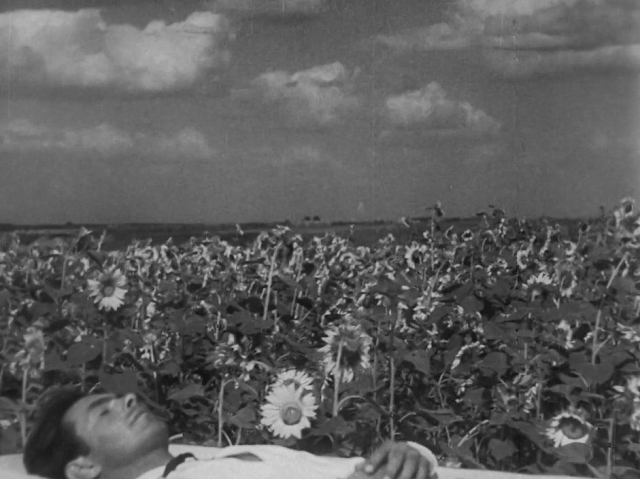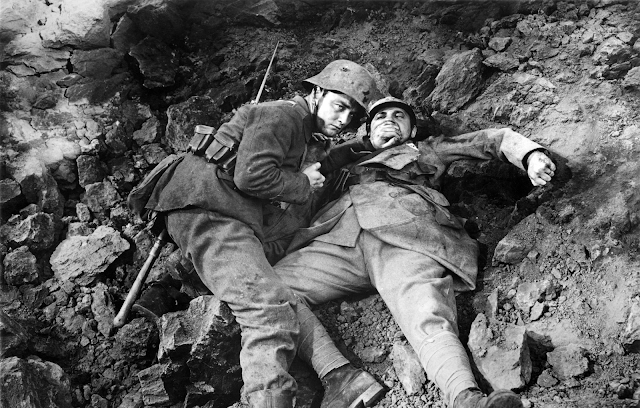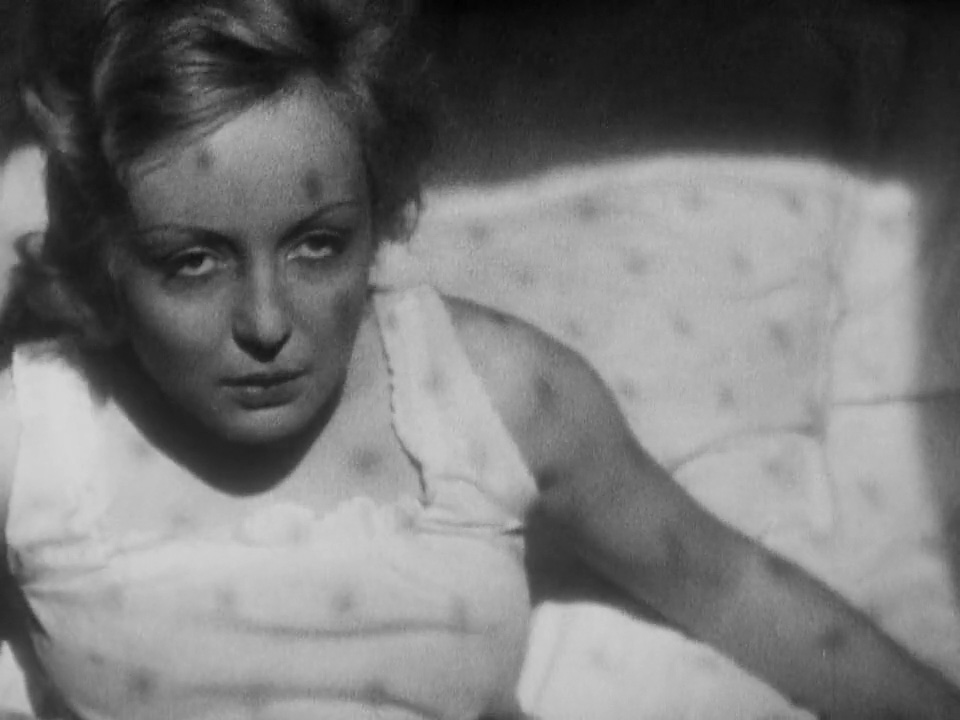L'Age d'Or (1930)

Luis Bunuel's "L'Age d'Or" After the bizarre absurdity of " Un Chien Andalou ," I was expecting something of a similar vein with Luis Bunuel's follow-up, " L'Age d'Or ." This was certainly the case, however, I found " Un Chien Andalou " to be a far more effective experience. Don't get me wrong, " L'Age d'Or " certainly has its fill of absurdism and blatant mockery. This mockery is of both the artform itself, as well as a mockery of the bourgeoise class and the Catholic Church. That being said, " L'Age d'Or " seems to only be the little brother of the two films. Unlike " Un Chien Andalou ," there seems to be some sort of coherent story taking place. Despite bizarre vignettes like the opening documentary about scorpions and the final vignette about a Jesus-resembled figure who emerges from a castle after 120 days of depraved orgies, the main 'story' is about a man









